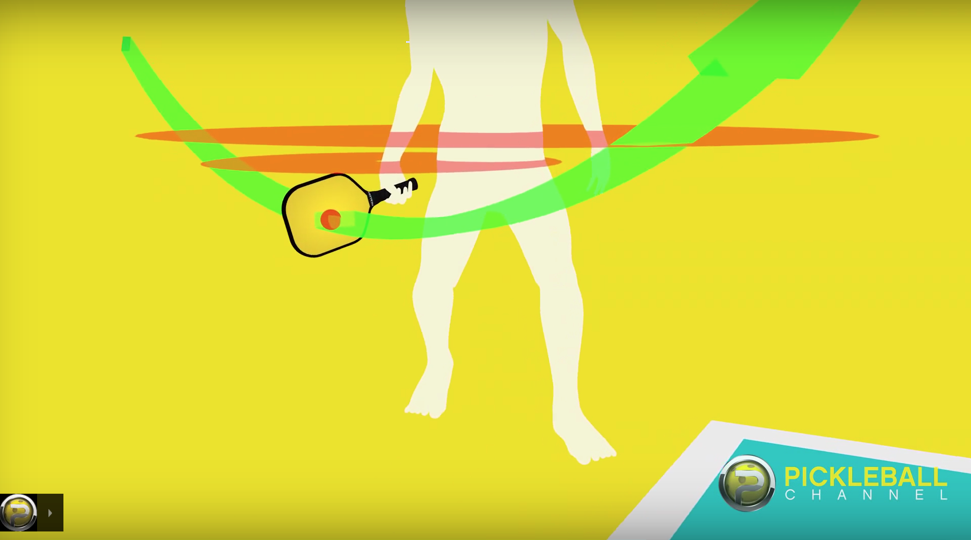The lob often gets little respect. It is not an easy shot to execute well because if it is too short, your opponents will have you at slam city. If it is too long, it is an easy fault for your opponents. So, why use the lob?
There are times when both opponents are at the net and it is difficult to get the ball by them. Perhaps your drop shot has abandoned you and your hard drives are coming back fast and furious. This might be a good time to lob the ball.
The lob can provide an opportunity to move your opponents away form the net (offensive), i.e. the non-volley Zone (NVZ) and it can be a defensive move if the opponent’s shot forces you out of position. Lobbing the ball high and deep will provide time for your team to move to the NVZ and recover from a previous good shot by the opposing team. The point is, it must be well executed.
In doubles play, the person to “get” the lob should be the person opposite of the court in which the shot will land. If the ball is going to land in your partner’s court, you need to get it. At that point, yell “switch” which signals your partner to cover your previous court while you finish the point in their original court.
Don’t sell the lob short (no pun here). When used appropriately, it can be a valuable tool in your pickleball arsenal.
Read the entire article below (which includes some “how to advice”) to help improve your lob game. The lob can be a valid shot when used strategically.
Via – The Wretched Lob by Gale Leach – author of The Art of Pickleball.



